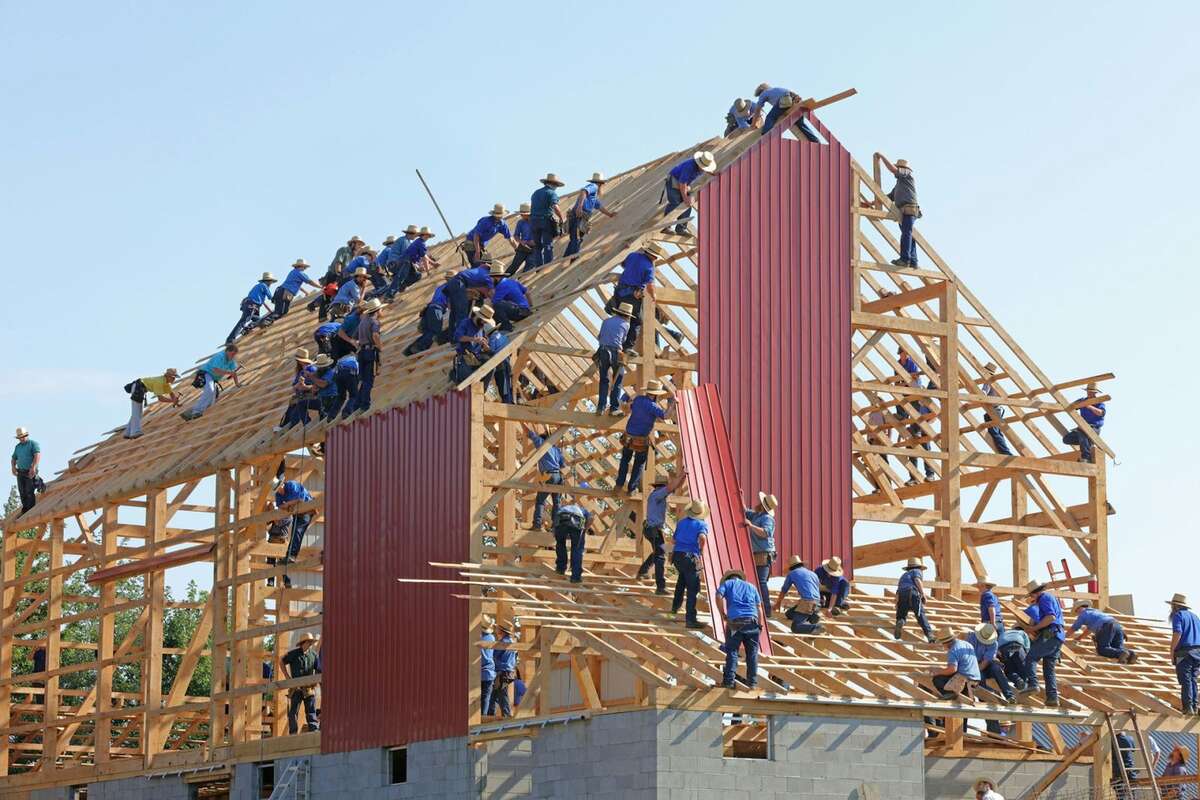Professionals must start familiarizing themselves with the energy-efficient materials that may become more popular in the coming year. Many individuals — whether corporate decision-makers, facility managers or homeowners — want to lower energy consumption and bills. Those desires become even more relevant since many world leaders have set net-zero targets to reduce emissions. What are some materials to watch in 2025?
1. Repurposed Waste
Some particularly creative ways to develop energy-efficient materials involve focusing on products that people ordinarily discard. Although some options are not inherently energy-efficient, forward-thinking people are searching for those with that characteristic.
One example is coffee chaff, which automaker Ford secured due to a partnership with the fast-food chain McDonald’s. It is the coffee bean’s husk, which people ordinarily throw away before the roasting begins. This collaboration benefits McDonald’s by reducing what it cannot recycle.
Ford’s research and development team members began mixing the coffee chaff with plastics and other additives, using the material to make headlight casings. They found the material was 20% lighter than its counterpart, resulting in fuel-efficiency gains. Producing this alternative was also more resource-efficient because it uses 25% less energy during molding.
Similarly, researchers have explored formulating bricks from waste. Also known as bio-bricks, these products often feature agricultural byproducts — such as corn cobs and grain husks — in their composition.
There’s also the thoughtfully named FabBRICK, made from textile waste. One of its production steps is the main reason the FabBRICK is an energy-efficient material. The blocks dry for up to 15 days in the open air, so sunlight and gentle breezes get them to the finished state rather than energy-intensive artificial measures. Users can rely on FabBRICKs to form everything from partition walls to integrated furniture parts. The diversity of potential use cases could make these products more likely to experience high adoption rates in 2025 and beyond.
2. Innovative Building Materials
Whether used for building awnings, building insulation or various other applications, textiles have long been important parts of energy-efficient structures. That will continue during 2025. Additionally, people can expect to see many forward-thinking efforts as they evaluate what works well and which options require further development.
One example from 2023 was a fireproof building material that responds to the outdoor environment by changing how much heat it absorbs or emits. The researchers’ models showed using this option in commercial buildings could save 8.4% in HVAC operating costs annually.
Another option is polyethylene fabric, an architectural material that can demonstrate various properties depending on clients’ needs. For example, some customers require flame-retardant coatings, while fungicide-resistant options suit those in humid or rainy climates who want to prevent mold growth.
Moreover, people can use polyethylene fabric to create soft but durable structures, such as sheltered walkways. The ability to decorate the outside with a company logo or choose specific colors supports corporate branding efforts and increases the likelihood of using the material for the long term.
Covering a building with polyethylene fabric offers energy-efficiency advantages because the material does not hold the sun’s heat like steel or concrete. Additionally, this nonconductive fabric keeps the building’s interior temperature more consistent.
3. Bio-Based Energy-Efficient Materials
Similar to how people have explored whether they could make energy-efficient materials from waste, some wonder if they should turn their attention to bio-based products. Some individuals reason that most materials used to make the earliest structures habitable were natural rather than fabricated. What if people combined those options with newer technologies?
A Swiss research team examined that possibility, believing thermal insulation and heating replacement systems are essential to energy-efficient renovations. One part of their study used artificial intelligence to calculate various factors, such as costs, emissions and climate-related uncertainties. They also selected six buildings that were largely unchanged since their construction several decades ago, using them as a representative sample of all structures in Switzerland.
The results showed a multipronged approach to achieving up to an 87% reduction in greenhouse gas emissions with heat pumps or wood pellets. However, those two heating options comprised only part of that potential result, and the group found it was also necessary to incorporate various bio-based building materials, such as hempcrete, a carbon-negative building material.
An aspect that could help bio-based materials gain momentum in 2025 is that many are already widely available, so there is little to no development required to implement them. A possible barrier could be that these options have only recently gotten more attention, so it could be initially challenging to convince decision-makers that they are worth a closer look.
Efforts to teach industry professionals the required skills to use these products are also occurring, which could spur adoption. One case comes from Latvia, which has Europe’s only school that teaches students how to grow and use hemp. Over 10,000 people have attended courses so far. Some offerings teach students how to apply hemp products in construction or address known problems, such as deforestation. Although the former is most relevant to energy industry professionals, the latter category is also applicable in the modern world.
4. Silica Aerogel
Those familiar with energy-efficient materials have also mentioned how silica aerogel could soon become a game-changing option. It is a versatile solution used for interior and exterior insulation or to make structural composites that result in lighter, structurally robust buildings.
As with other emerging possibilities, people will be more likely to consider silica aerogel if it is relatively easy to acquire for their projects. Fortunately, that has become possible thanks to AeroShield Materials, an MIT spin-out company specializing in developing innovations to make the built environment more energy-efficient.
The business claims to have developed the world’s most transparent silica aerogel, an exceptionally well-insulating and lightweight solid. The organization’s research and development team is primarily working on products for windows and doors. Tests show people could improve energy efficiency by up to 65% when putting the silica aerogel inside double-paned versions.
Energy-Efficient Materials Will Remain Prominent
These are some of the many energy-efficient materials most likely to reach greater heights in the coming year. Regardless of people’s specific goals, many appreciate opportunities to conserve resources because doing so can make their expenses more manageable. These possibilities might do that and much more.











